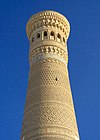
Tashkent, or Toshkent in Uzbek, is the capital and largest city of Uzbekistan. It is the most populous city in Central Asia, with a population of more than 3 million people as of April 1st 2024. It is located in northeastern Uzbekistan, near the border with Kazakhstan.

Ural Tansykbaevich Tansykbayev was an Uzbek painter of Kazakh descent. He was named a People's Artist of the USSR and People's Artist of the Uzbek SSR in the category visual art.

Tamara Khanum was a Soviet, Uzbek dancer, singer, actress, and choreographer. She was honored as a People's Artist of the USSR in 1956 and received the Stalin Prize, second degree, in 1941.

Nurkhon Yuldashkhojayeva was one of the first Uzbek women actresses and one of the first Uzbek woman to dance onstage without a paranja. A rising star in Uzbek theater, her career was cut short in 1929 by an honor killing, she became a symbol of women’s liberation and resistance to feudalism.
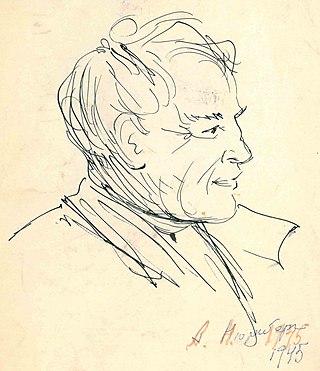
Amshey Markovich Nurenberg was a Ukrainian, Russian and Soviet painter, graphic artist, art critic, and memoirist. He was an adherent of the School of Paris.
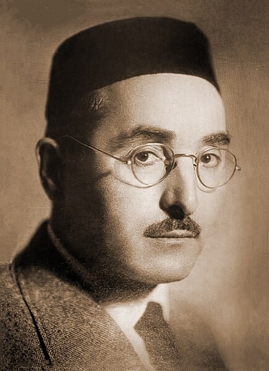
Chingiz Akhmarov was an Uzbek muralist, portraitist, miniature painter and teacher. In 1964, he was conferred the title People's Artist of Uzbekistan. He is held in high regard in Uzbekistan and is credited as one of the artists who kept the tradition of Uzbek miniatures alive.
Armenians in Central Asian states: Uzbekistan, Kazakhstan, Kyrgyzstan, Tajikistan and Turkmenistan, were mainly settled there during the Soviet era for various reasons.

Alisher Mirzo is an Uzbek painter whose works are kept in galleries, museums and private collections in Germany, France, Italy, Spain, Norway, Luxembourg, Bulgaria, Yugoslavia, Russia, Japan, India, Madagascar and the United States of America. He combines elements of Impressionism and Abstract Art with traditional Uzbek art forms such as miniature painting and decorative styles of applied art. His subjects range from landscapes and still lives to intimate scenes of ethnic Uzbek life.

Rayhon Gʻaniyeva, better known simply as Rayhon, is an Uzbek singer, songwriter, and film actress. She is an honored artist of Uzbekistan. She rose to prominence in Uzbekistan with her song "Baxtli boʻlaman" in 2002. Rayhon has recorded songs both in Uzbek and Russian.

Karo Mkrtchyan was a well-known Armenian painter and public figure. He was aligned with the avant-garde movement. An independent and freethinker, Karo fled the USSR's cultural blockade. For much of his life Karo Mkrtchyan lived and painted outside his native USSR.

The Museum of Arts of Uzbekistan is the largest state art museum in Uzbekistan. Its permanent collection contains more than several thousands works, divided among four curatorial departments. The museum was established in 1918 as a Museum of People University and renamed as a Central Arts Museum later. It was named as Tashkent Art Museum in 1924 and finally Museum of Arts of Uzbekistan in 1935.
Art Gallery of Uzbekistan is established in Tashkent city, after the Independence of Republic Uzbekistan, and became one of the most visited modern museums of local people in Uzbekistan.

Halima Nosirova or Halima Nasyrova was a Soviet and Uzbek singer of Uzbek music. She also started her creative activities as a drama actress in 1927 and was a popular artist of the USSR.

Tursunoy Saidazimova, occasionally transliterated as Tursunoi Saidazimova, was one of the first Uzbek actresses in the Uzbek SSR and one of the first to sing onstage without a face-veil. She was killed by her husband in an honor killing just shortly after her career took off.
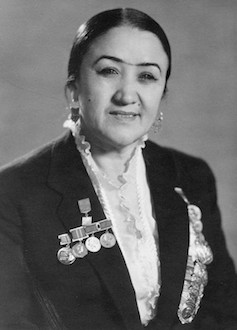
Mukarram Turgunbaeva (1913–1978) was an Uzbekistani choreographer and dancer of the Soviet era.
Valery Alexandrovich Volkov was a Soviet-Russian painter and art historian who lived and worked in Central Asia and in Russia. Intercultural experiences and knowledge gleaned from the art history of two different cultures was reflected in a distinctive fusion of influences in his paintings. His painting style is associated with abstract expressionism and merges a sensual world of colour of the Orient and the gestural brush technique of European modernism.
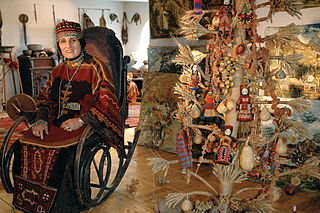
Lusik Aguletsi ; born Lusik Zhorzhiki Harutyunyan; was a Nakhichevan-born Armenian painter, ethnographer, and Honored Cultural Worker of Armenia.
Alvina Andreevna Shpady was an artist and art restorer in Uzbekistan. As a longtime restorer at the Nukus Museum of Art, she worked to preserve the museum's holdings as well as to promote traditional Karakalpak textile techniques.

Usta Olim Komilov was an Uzbek musician and choreographer who was instrumental in the development of theater in the early days of the Uzbek SSR.

Muhitdin Qoriyoqubov was an Uzbek baritone singer and one of the first Uzbek folksingers. A co-founder of the Muslim Youth Dance Troupe along with Hamza Hakimzade Niyazi in 1918, he became a major player in the development of the early music and theater scene of the Uzbek SSR.

















